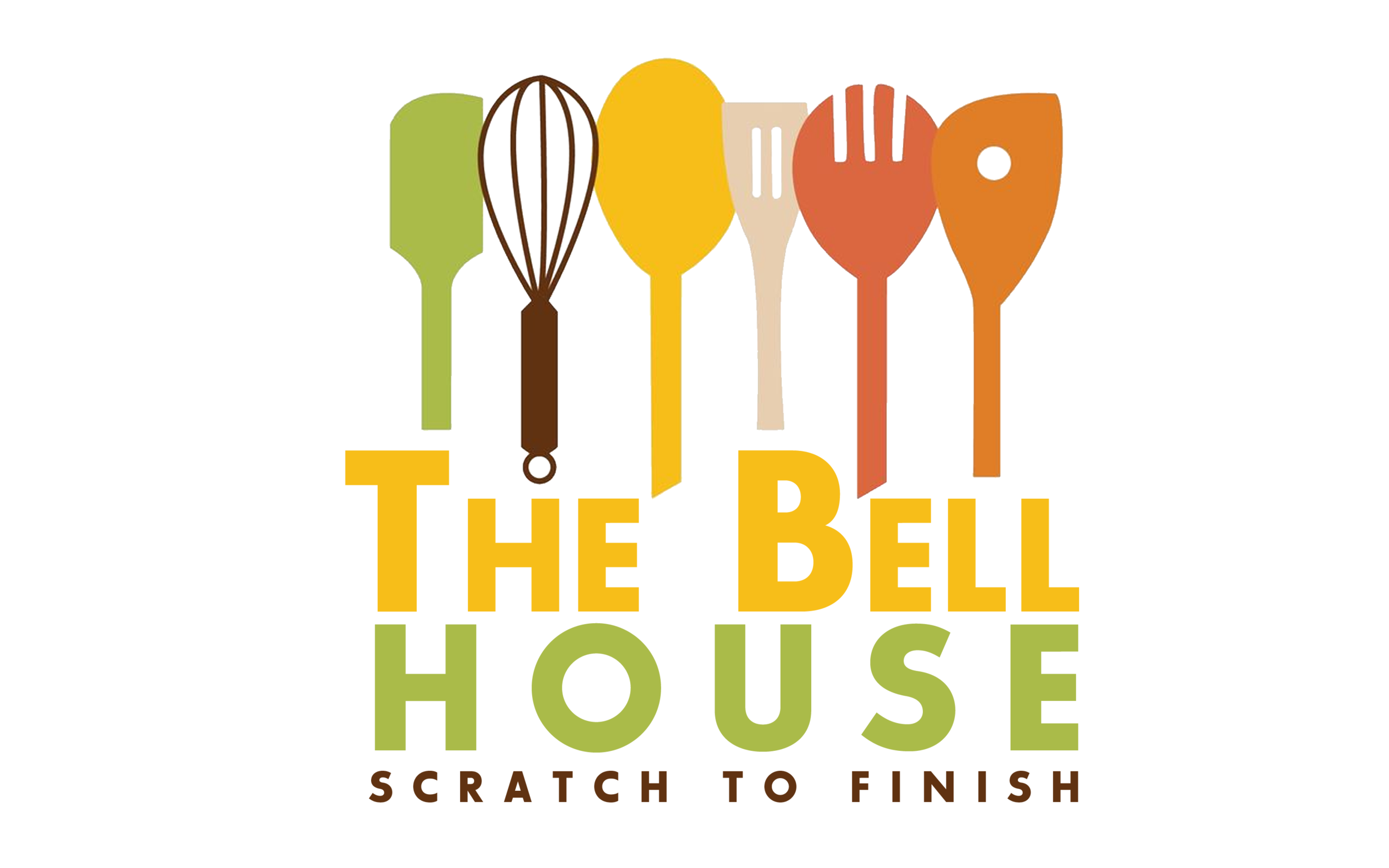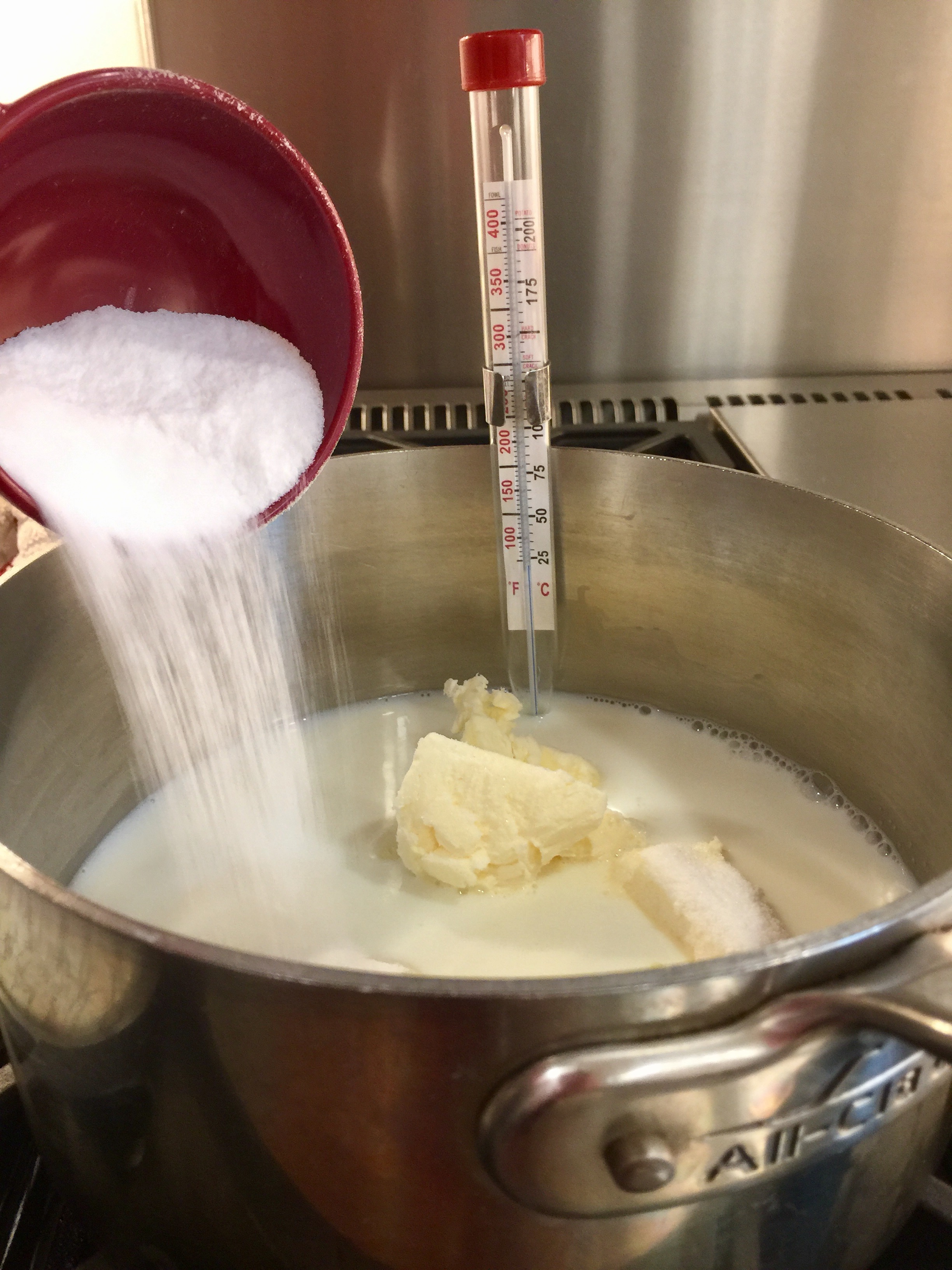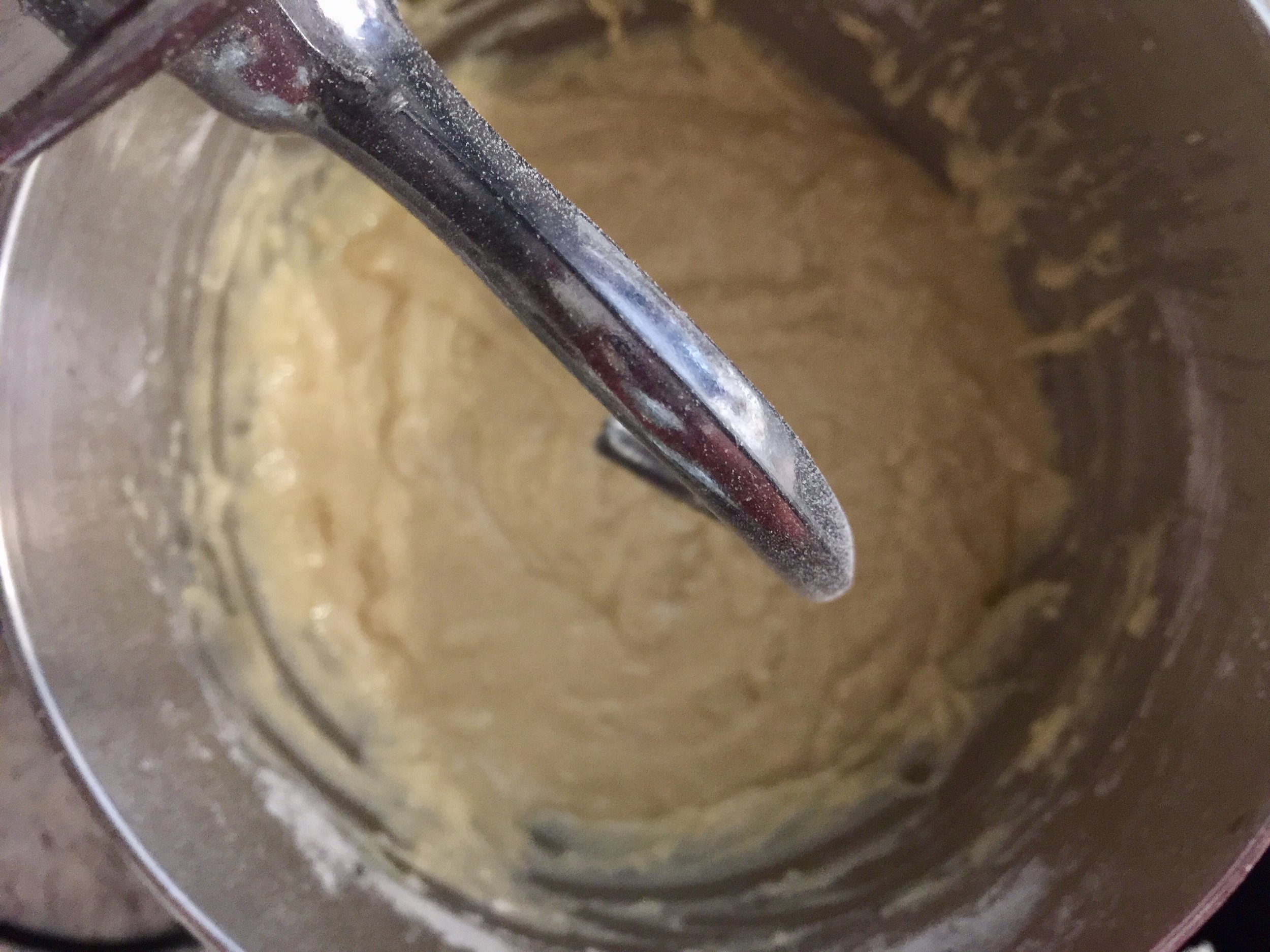Challah Bread and Honey Butter
It is good to have friends! It’s even better to have friends that are willing to give you recipes! This particular recipe came from a teacher friend of mine I’ve known for about 12 years. When I think of Cori, I think of her laugh. Her laugh is so hardy and I love making her laugh. She laughs at me a lot and I know it has everything to do with my quick wit and terrific comedic timing!
I remember one holiday season, I had just finished watching White Christmas and I told Cori she had “Schmaltz.” If you’ve ever seen the movie, they say someone has schmaltz at least three times. She laughed and joked that I had just insulted her. She is Jewish, understands Yiddish and was able to give me the actual meaning for schmaltz. Here I’m thinking it is a show business term from back in the 50’s and it actually means chicken fat. YIKES! However, that moment gave us a long standing running joke between the two of us.
Challah bread traditionally begins the meal on Friday nights and is eaten for two meals during the Sabbath. It’s a celebration bread and is served at weddings and mitzvahs.
It just so happens another holiday season rolled around and someone asked me to bake them Challah bread. I had played around with one or two recipes but wasn’t hooked. Then it dawned on me, call the friend who may know a thing or two about Challah bread. She was able to school me on schmaltz so it only makes sense that she would be able to direct me to a good Challah recipe. Right?
Cori told me, in her hardy laugh, that she doesn't bake! Although, her mother used to and may have a recipe for me. Her mom was more than happy to give me her recipe and ended up sending me more recipes. Cori and I actually discussed how one day I would give credit to her mom for the recipe. Here you go Felice Anspacher, your recipe is famous!
CHALLAH BREAD:
Active time: 30 minutes
Inactive time: 3 hours
Makes 2 large loaves
1 1/2 cup milk
1/2 cup of sugar
3 teaspoons of salt
1/3 cup butter
4 1/2 teaspoons of yeast (or two envelopes)
1/2 cup warm water, 95 degrees
3 eggs plus one egg for an egg wash
7 cups of sifted flour
Combine milk, sugar, salt and butter in sauce pan over low heat. Slowly raise the temperature to 100 degrees and remove from the heat when the butter is melted.
Slightly beat the eggs in a small bowl and set aside.
In a stand mixer with a dough hook attached, sprinkle the yeast over 1/2 cup of warm water and let sit for a few minutes or until you see bubbles. Whisk in the eggs and slowly add the milk mixture whisking while pouring. You dont want to cook the eggs.
Whisk in four cups of the flour until the you have a smooth texture. Continue to adding the flour, 1 cup at a time, using the dough hook to incorporate the flour.
Knead the dough until smooth and elastic. This dough will be very stick at first. Keep kneading, scraping the sides of the bowl throughout the process. It may take about 5 minutes to knead the dough. Feel free to knead the dough on a well floured surface.
Use enough flour to keep the dough from being too sticky. If you have kneaded for 5 minutes and the dough is still sticky and not very elastic, add about a tablespoon of flour at time. Knead for several minutes and add more if needed. Bread making can be humidity sensitive.
Grease a large bowl, add the dough, cover with plastic wrap and leave in a warm, draft free place for 1 1/2 hours.
Punch down the dough, recover and let the dough rise again for 30 more minutes.
Prepare a baking sheet with parchment paper and preheat the oven to 350 degrees.
Turn the dough out onto a lightly floured work surface. Cut the dough into 6 equal parts.
Take 3 pieces of the cut dough and roll out to make 3 long ropes. Squeeze three of the ends together and braid the ropes on the parchment lined baking sheet.
You will be left with one very long braid. Fold the braid in half so that you have a two layer braid.
Repeat the braiding with the other 3 pieces of dough. Mark the parchment paper to document the end of the dough. Beat the last egg and give each loaf its first egg wash.
Cover the dough with plastic wrap or a lint free towel and let the dough double in size. Use the markings on the parchment paper as a guide. Should take 30-45 minutes.
Before the dough goes into the oven, give the dough another egg washing. The oven should be super hot to ensure the loaves will rise up. Once the loaves are in the oven, reduce the heat to 325. Bake for 30-40 minutes or until golden brown.
Cool completely on a wire rack.
PREPARATION TIP: Wrap a loaf or both in plastic wrap and then wrap again with aluminum foil. These loaves are to big for freezer bags. Stick the Challah in the freezer for up to a month. Thaw the bread on the counter in between a kitchen towel for a few hours. Refresh in a 350 degree oven for about 5 minutes.
My favorite way to eat Challah bread is with a spread of honey butter. However, Challah bread is perfect for sandwiches. Keep the Challah bread stored at room temperature in a plastic bag for a few days.
HONEY BUTTER:
1 stick of unsalted butter, room temperature
Pinch of salt
3-4 tablespoons of honey
Beat together the honey, butter and salt. Transfer the butter to a serving dish and schmear that sweet delicious cream all over a thick slice of that Challah bread.
PREPARATION TIP: Make the honey butter up to 2 weeks in advance, assuming it lasts that long.
















